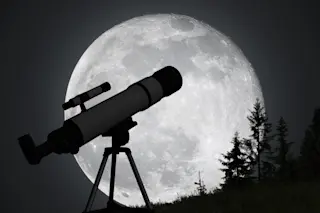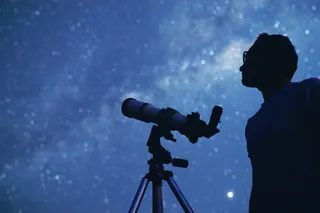Radio telescopes around the globe have provided scientists with data on astronomical phenomena for nearly a century. We have even built telescopes and sent them into orbit, the most recent of which — the James Webb Space Telescope (JWST) — has provided astronomers with brand new insights into the formation of early galaxies, nebula where stars are born, and the chemical composition of atmospheres of newly discovered worlds.
But science doesn't stop. Astronomers have been asking what the next generation of telescopes should look like and, perhaps more interestingly, where they should be built.
An idea gaining popularity among researchers is to build the next generation of telescopes on the moon. But what advantages would observatories on the moon bring? And what are the practical limitations of actually doing this?
On Earth, we have an atmosphere. This is problematic if you want to capture the clearest images of space possible. ...















